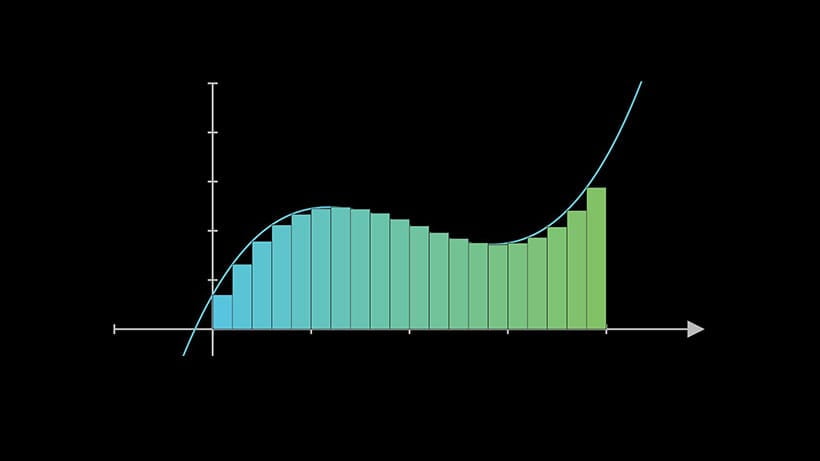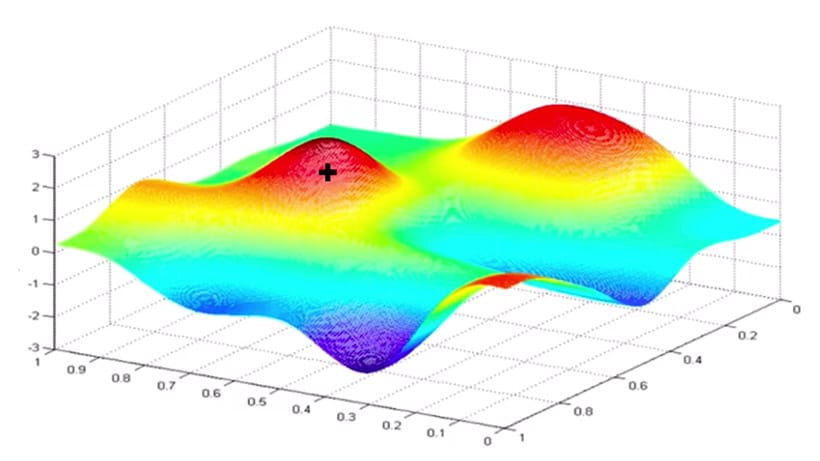Teoretyczne i zaawansowane uczenie maszynowe z TensorFlow
Zanim zaczniesz korzystać z poniższych materiałów edukacyjnych, pamiętaj o:
Ukończ nasz program nauczania Podstawy uczenia maszynowego za pomocą TensorFlow lub posiadaj równoważną wiedzę
Masz doświadczenie w tworzeniu oprogramowania, szczególnie w Pythonie
Ten program nauczania jest punktem wyjścia dla osób, które chcą:
Popraw swoje zrozumienie ML
Rozpocznij zrozumienie i wdrażanie dokumentów za pomocą TensorFlow
Przed kontynuowaniem powinieneś już mieć podstawową wiedzę na temat działania ML lub ukończyć materiały edukacyjne w programie nauczania dla początkujących Podstawy uczenia maszynowego z TensorFlow . Poniższa treść ma na celu poprowadzić uczniów do bardziej teoretycznych i zaawansowanych treści związanych z uczeniem maszynowym. Zobaczysz, że wiele zasobów korzysta z TensorFlow, jednak wiedzę tę można przenieść do innych frameworków ML.
Aby lepiej zrozumieć ML, powinieneś mieć doświadczenie w programowaniu w języku Python, a także wiedzę z zakresu rachunku różniczkowego, algebry liniowej, prawdopodobieństwa i statystyki. Aby pomóc Ci pogłębić wiedzę z zakresu ML, przygotowaliśmy szereg polecanych zasobów i kursów z uniwersytetów, a także kilka podręczników.
Krok 1: Odśwież swoje rozumienie pojęć matematycznych
ML jest dyscypliną matematyczną. Jeśli planujesz modyfikować modele uczenia maszynowego lub tworzyć nowe od podstaw, ważna jest znajomość podstawowych pojęć matematycznych. Nie musisz od razu uczyć się całej matematyki, ale zamiast tego możesz wyszukiwać pojęcia, których nie znasz, gdy się z nimi spotkasz. Jeśli minęło trochę czasu, odkąd uczęszczałeś na kurs matematyki, spróbuj obejrzeć playlisty „Esencja algebry liniowej” i „Istota rachunku różniczkowego” z 3blue1brown, aby odświeżyć sobie wiedzę. Zalecamy kontynuowanie zajęć na uniwersytecie lub oglądanie wykładów z MIT w otwartym dostępie, takich jak algebra liniowa lub rachunek pojedynczych zmiennych .

Seria krótkich, wizualnych filmów z 3blue1brown, które wyjaśniają geometryczne rozumienie macierzy, wyznaczników, elementów własnych i nie tylko.

Seria krótkich, wizualnych filmów z 3blue1brown, które wyjaśniają podstawy rachunku różniczkowego w sposób zapewniający dobre zrozumienie podstawowych twierdzeń, a nie tylko działania równań.

Ten kurs wprowadzający na MIT obejmuje teorię macierzy i algebrę liniową. Nacisk położony jest na tematy, które będą przydatne w innych dyscyplinach, w tym układy równań, przestrzenie wektorowe, wyznaczniki, wartości własne, podobieństwo i dodatnio określone macierze.

Ten wprowadzający kurs rachunku różniczkowego na MIT obejmuje różnicowanie i całkowanie funkcji jednej zmiennej z zastosowaniami.





